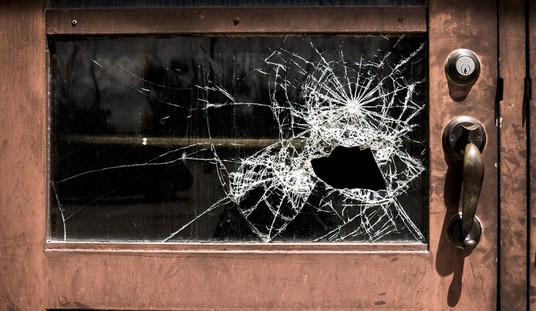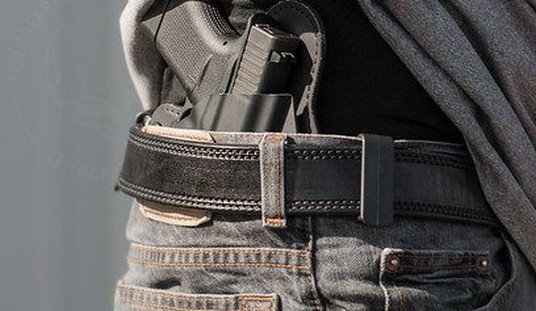Federal court judge Dec. 31 struck down parts of New York Secure Ammunition Firearm Act of 2013, including seven-round ammunition limitation yet upholds majority of legislation deciding the law withstands constitutional scrutiny.
“Western district court in Buffalo was the first step on the way to the U.S. Supreme Court,” said Thomas H. King, president of the New York State Rifle & Pistol Association first-named plaintiff in a federal lawsuit that questions the constitutionality of New York’s anti-gun SAFE Act.
While there are many items in the decision that NYSRPA disagrees with, King said he is extremely happy with parts of the decision. “While this was not a total victory it was not a total loss.”
NYSRPA is the state’s largest and the nation’s oldest firearms advocacy organization.
Plaintiffs intend on filing a motion to appeal the parts of the decision that were unfavorable to them within seven to 10 days, and it is expected that New York State will also appeal the portions of the decision unfavorable to them placing this matter in the 2nd circuit court of appeals in New York City, said King.
In its last decision relating to gun rights in 2008 after the Heller decision, the 2nd Circuit Court of Appeals, a three-judge panel that included now Associate Justice of the Supreme Court Justice Sonia Maria Sotomayor, ruled that the Second Amendment does not apply to states and therefore the state can regulate and ban weapons, he said.
Despite the appellate court’s anti-gun bias, plaintiffs remain optimistic that their arguments will be upheld at the Supreme Court level, he said. “The court’s response is a lot better than we thought.”
Considering that New York State is not a pro-gun state such as Arizona, Wyoming or Pennsylvania, even small pro-Second Amendment gains are important, he said. “There is reason to be optimistic.”
In his decision, Judge William M. Skretny strikes down the SAFE Act’s seven-round ammunition limit: “The seven-round limit is largely an arbitrary restriction that impermissibly infringes on the rights guaranteed by the Second Amendment.”
Striking down the ammunition limit was a move in the right direction, said King.
The judge also determined intermediate scrutiny as the most suitable standard under which to evaluate each challenged aspect of the 39-page SAFE Act, he said.
“In the past most of the Second Amendment issues have been determined at the lowest level of scrutiny.” Strict scrutiny is the most rigorous judicial standard, he said.
Another benefit to the court’s decision is some clarification of the term ‘assault weapons’, he said. “This is the first time as far as we know that so-called assault weapons were determined to be legal and lawful firearms involved in common use.”
The decision said (in part): “[T]his Court will assume that the weapons at issue are commonly used for lawful purposes. Further, because the SAFE Act renders acquisition of these weapons illegal under most circumstances, this Court finds that the restrictions at issue more than“minimally affect” Plaintiffs’ ability to acquire and use the firearms, and they therefore impose a substantial burden on Plaintiffs’ Second Amendment rights.”
Ultimately the high court will be the deciding factor, said King. “Remember both the Heller and McDonald decisions lost in every court before they got to the Supreme Court.”
“I was disappointed with the decision,” said Assemblyman William R. Nojay (R. – Pittsford), the only state legislator, who was a named plaintiff in suit.
The decision is legally defective because it ignores the last ten years of the nation’s case law that relates to the individual right to own firearms, he said. “The judge basically said it is not a judicial issue, it is a political one that should be decided in the legislature.”
The court made a decision then wrote an opinion based on that decision, he said. “The judge seems to have written what we call a ‘draw the curve then plot the data’ ruling or in other words, he decided that he was not going to interfere with the legislature and take-on the governor.”
The court of appeals will assign briefing dates for the two sides to submit their briefs and decide whether they will hear oral argument, he said. “It will be several months to up-to-a year before a court of appeals decision and another year before it reaches the U.S. Supreme Court.”
The court of appeals can remand or send the decision back to the district court for further hearings, said Nojay. “If the court of appeals decides the judge in Buffalo did not do enough evidentiary work they can bump-it back down to him and give another round of this.”
While the court of appeals in New York City has not been historically pro-2nd amendment, plaintiffs are heartened that the seven-round limitation was lifted at the federal level, said the attorney and radio talk show host. “Hopefully that part of the decision will stand.”
“With regard to the rest of the decision, we expect to take this all the way to the Supreme Court no matter how long it takes.”








Join the conversation as a VIP Member